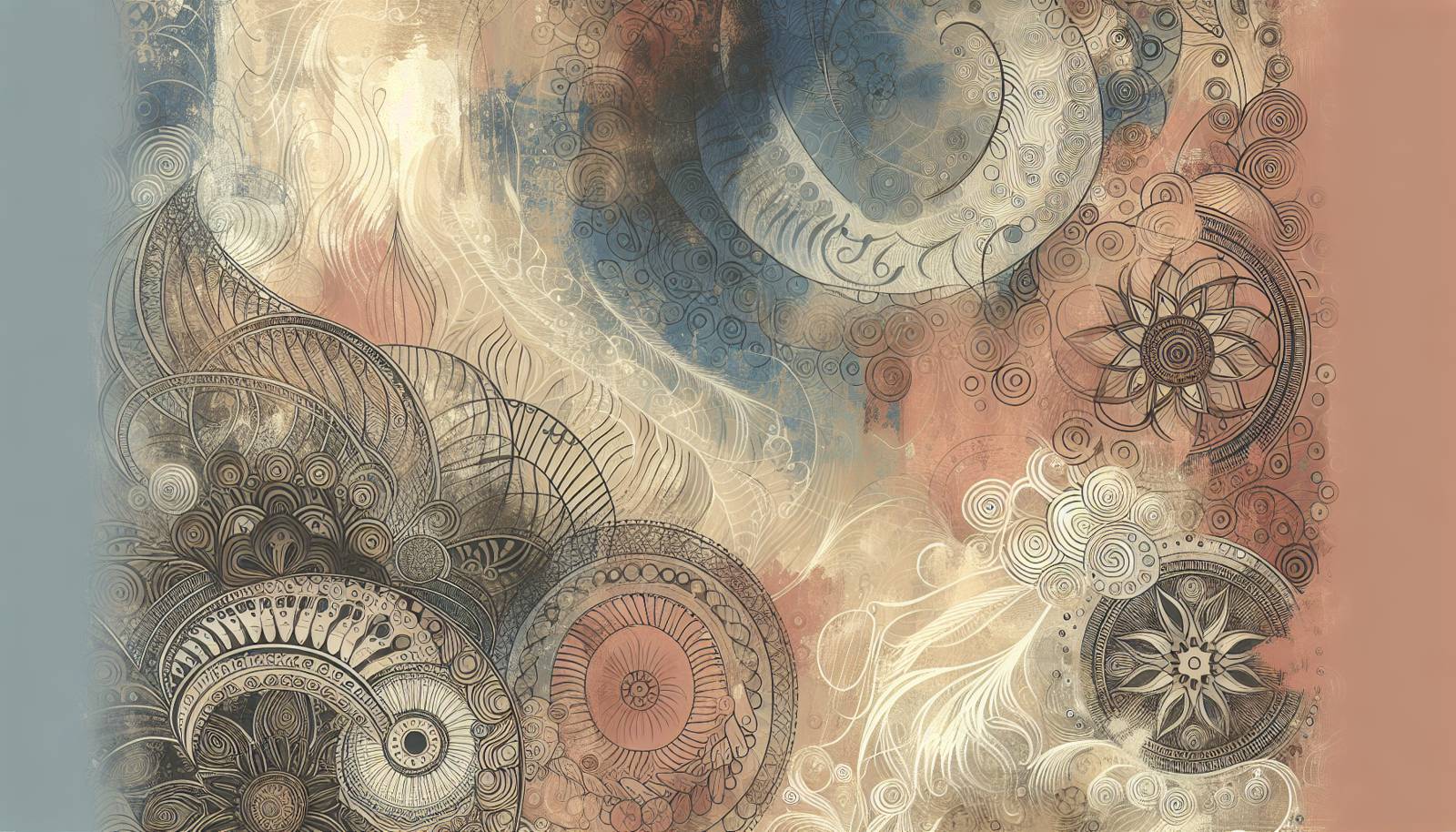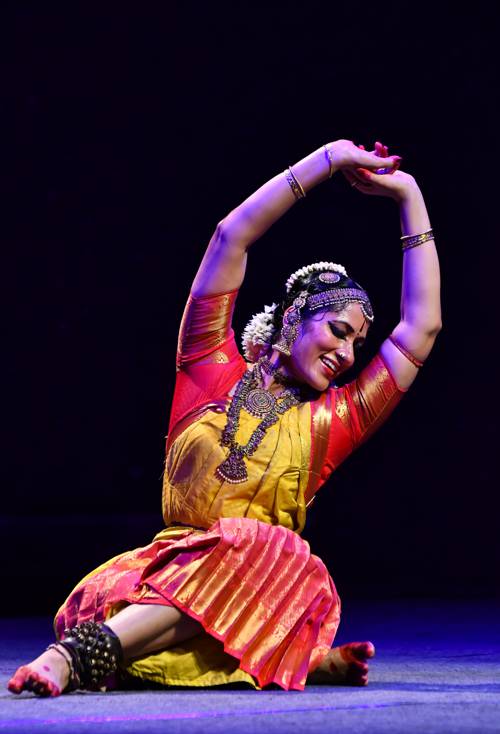
FAQ About The Role of Folklore in Contemporary Storytelling

What is folklore and how does it function in contemporary storytelling?
Folklore is a collection of beliefs, customs, stories, and practices that are passed down through generations, often orally. In contemporary storytelling, folklore serves as a foundation for narratives, offering timeless themes, moral lessons, and cultural archetypes that resonate with audiences today. By integrating folklore, modern storytellers can create works that are both innovative and reflective of cultural heritage, offering deeper insights into human experiences and societal values.

How do filmmakers incorporate folklore into modern cinema?
Filmmakers incorporate folklore into modern cinema by using traditional tales, motifs, and characters as inspiration for plots, themes, and character development. This can involve direct adaptations of folk stories or the integration of folkloric elements into original scripts. For instance, films like "Pan's Labyrinth" and "The Witch" weave in mythological and folkloric elements to explore complex themes and create immersive narratives. Such integration helps filmmakers connect deeply with cultural roots while appealing to contemporary sensibilities.

Why is folklore important in preserving cultural identity through literature?
Folklore plays a crucial role in preserving cultural identity through literature by encapsulating the values, traditions, and collective memories of a community. Stories derived from folklore convey the essence of cultural heritage, allowing readers to understand and appreciate diverse cultural contexts. By incorporating folklore, literature preserves these stories for future generations, ensuring that cultural identities remain vibrant and accessible in an increasingly globalized world.

What are some examples of folklore influencing contemporary art?
Folklore influences contemporary art in various ways, such as artists drawing upon traditional myths, symbols, and narratives to inspire their work. For example, the works of artists like Kehinde Wiley often integrate elements of African folklore to convey powerful messages about identity and history. Similarly, some installation artists use folklore to create immersive environments that reflect cultural tales, allowing art to become a medium for storytelling and cultural dialogue.

How do authors adapt folklore to create new literary works?
Authors adapt folklore to create new literary works by reimagining traditional stories, characters, and motifs within different cultural or temporal settings. This involves expanding on original narratives or reshaping them to explore new themes or perspectives. Books like Neil Gaiman's "American Gods" or Naomi Novik's "Spinning Silver" showcase how folklore can be adapted to reflect contemporary issues, transforming timeless stories into novel explorations that resonate with modern readers.

What role does folklore play in the innovation of modern narratives?
Folklore plays a significant role in the innovation of modern narratives by providing a rich tapestry of stories, themes, and archetypes that can be reinterpreted in new ways. By drawing on these elements, contemporary storytellers can explore universal human experiences, challenge existing narratives, and create new worlds that are both familiar and fresh. Folklore fosters creativity by offering a framework for innovation, enabling modern narratives to engage audiences meaningfully.

How does folklore contribute to the universality of storytelling?
Folklore contributes to the universality of storytelling by embodying common themes, morals, and archetypes that transcend cultural and geographical boundaries. These elements resonate with universal human experiences, allowing stories to connect with diverse audiences on a fundamental level. By incorporating folklore, contemporary storytelling harnesses these universal elements, making narratives accessible and relatable to a wide variety of people across different cultures and contexts.

In what ways does folklore influence global storytelling trends?
Folklore influences global storytelling trends by popularizing narrative forms and themes that reflect multicultural perspectives and experiences. As global media becomes more interconnected, elements of folklore permeate through different storytelling mediums, inspiring adaptations and reinterpretations that reflect diverse cultural values. This cross-cultural exchange enriches global storytelling, resulting in a tapestry of narratives that highlight shared human experiences while celebrating cultural distinctions.

Are there any common misconceptions about folklore's role in contemporary storytelling?
Common misconceptions about folklore's role in contemporary storytelling include the belief that folklore is outdated or irrelevant in modern contexts. In reality, folklore provides timeless wisdom and cultural richness that continue to influence and enhance modern narratives. Another misconception is that folklore only pertains to mythical or supernatural tales, while it actually encompasses a broad range of genres and themes, from historical anecdotes to moral lessons, which are still applicable today.

How can folklore help address current social issues in storytelling?
Folklore can help address current social issues in storytelling by providing a creative lens through which complex problems can be explored and understood. Folkloric narratives often contain themes of justice, morality, and human behavior that remain relevant today. Storytellers can use these themes to comment on contemporary issues such as inequality, environmental concerns, and cultural identity, crafting stories that resonate with audiences and inspire reflection and dialogue.

What is the difference between folklore and mythology in contemporary storytelling?
In contemporary storytelling, folklore and mythology are often intertwined but distinct concepts. Folklore refers to the traditional stories, customs, and beliefs of a culture, usually passed down orally, focusing on everyday life and community values. Mythology, on the other hand, consists of narratives that explain the origins of the world, gods, and humanity, often involving grand and supernatural elements. While both inform contemporary narratives, folklore tends to be more localized and culturally specific, whereas mythology often deals with universal existential questions.

How do video games use folklore to enhance storytelling?
Video games use folklore to enhance storytelling by incorporating traditional stories, myths, and cultural elements into their narratives and world-building. Games like "The Witcher" and "Okami" utilize folklore to create immersive environments and rich backstories, providing players with a deeper understanding of the game's world and its culture. This integration not only adds depth and authenticity but also allows players to engage actively with the cultural aspects of the narrative.

Can folklore in contemporary storytelling promote cultural understanding?
Yes, folklore in contemporary storytelling can promote cultural understanding by providing insights into the values, beliefs, and traditions of different cultures. By sharing and exploring folkloric narratives, storytellers can break down cultural barriers and foster empathy among audiences. This exposure encourages audiences to appreciate and respect cultural diversity, creating a platform for dialogue and exchange that enhances mutual understanding and global solidarity.

How has digital media transformed the use of folklore in storytelling?
Digital media has transformed the use of folklore in storytelling by making traditional tales and cultural narratives more accessible and adaptable. Platforms like social media and online publishing enable storytellers to reach global audiences, share diverse folkloric content, and experiment with new narrative forms. This increased accessibility allows for greater cross-cultural exchanges and innovations, as digital media facilitates the blending of traditional and contemporary storytelling methods.

What challenges do storytellers face when adapting folklore for modern audiences?
Storytellers face several challenges when adapting folklore for modern audiences, including ensuring cultural sensitivity and accuracy, as well as balancing traditional themes with contemporary relevance. There's also the challenge of making older narratives appealing to modern sensibilities without losing their original essence or meaning. Storytellers must navigate these complexities to create adaptations that respect and pay homage to the source material while engaging today's audiences meaningfully.

How do children's books use folklore to teach lessons?
Children's books often use folklore to teach lessons by incorporating moral themes, cultural stories, and character archetypes into their narratives. These stories provide young readers with insights into human behavior, ethics, and societal values, making the lessons both engaging and memorable. Classic examples include retellings of Aesop's Fables or adaptations of Grimm's Fairy Tales, where traditional stories are presented in a way that is accessible and educational for children.

What is the impact of folklore on contemporary poetry?
Folklore impacts contemporary poetry by providing themes, imagery, and narrative structures that poets can incorporate into their work. By drawing on folkloric elements, poets can explore complex emotional and cultural subjects, crafting verses that resonate with readers through shared symbols and references. This integration enriches the poetic landscape, allowing for expressions that reflect both personal and collective cultural experiences.

Can contemporary adaptations of folklore change public perceptions of traditional tales?
Yes, contemporary adaptations of folklore can change public perceptions of traditional tales by reinterpreting them in ways that reflect current cultural and social dynamics. By updating the context or themes, storytellers can shift how audiences view these tales, often highlighting overlooked aspects or introducing new perspectives. This can lead to a broader appreciation and understanding of folklore, allowing it to remain relevant and impactful in a modern context.

How do cultural festivals use folklore to engage communities?
Cultural festivals use folklore to engage communities by showcasing traditional stories, performances, and customs that highlight cultural heritage. These events often include reenactments, storytelling sessions, dance, and music inspired by folk tales, providing an immersive experience that educates and entertains participants. By celebrating folklore, cultural festivals foster communal bonds, promote cultural pride, and ensure the vitality of traditional narratives in contemporary society.

What are some ways folklore is preserved through contemporary storytelling techniques?
Folklore is preserved through contemporary storytelling techniques such as multimedia projects, film adaptations, interactive digital media, and written narratives that reimagine traditional tales. These methods not only keep folklore alive by exposing it to new audiences but also allow for creative reinterpretation and enhancement. By blending traditional narratives with modern storytelling practices, these techniques maintain cultural relevance and keep folklore dynamic and evolving.
